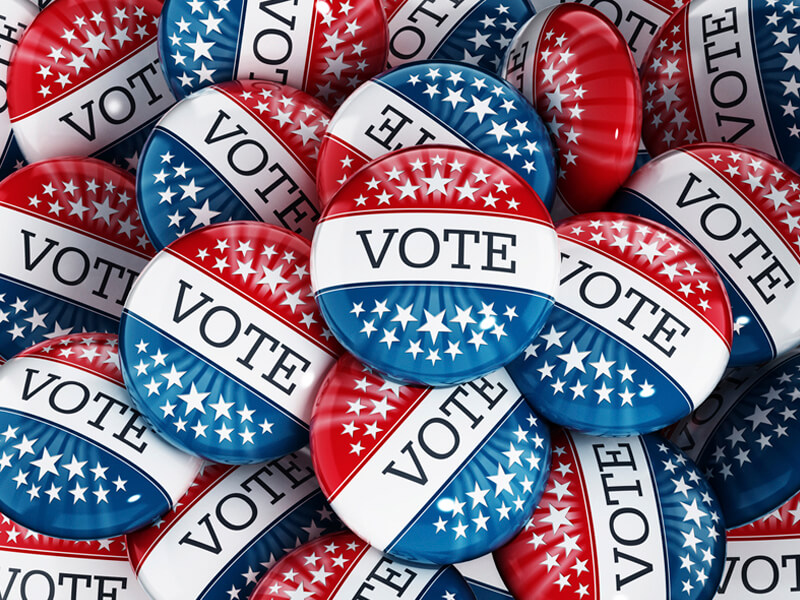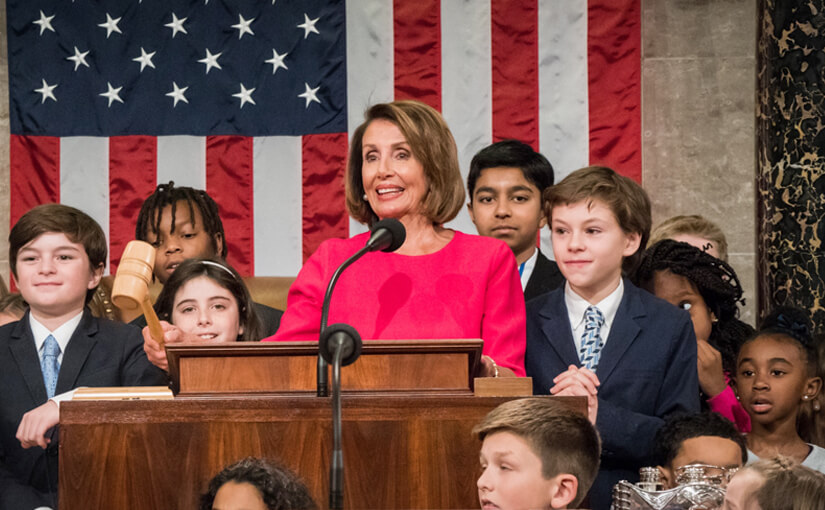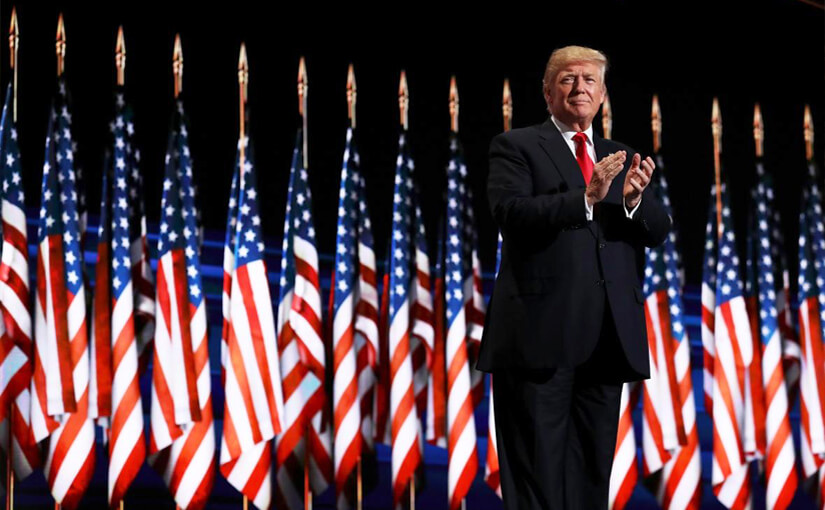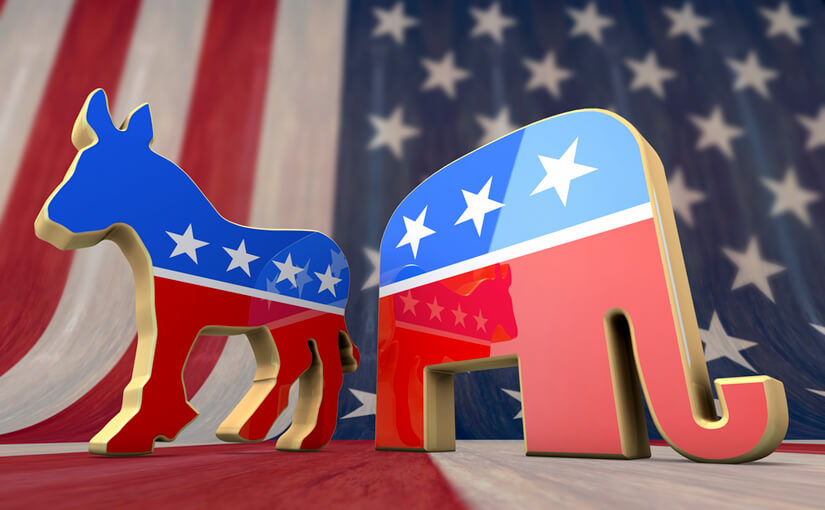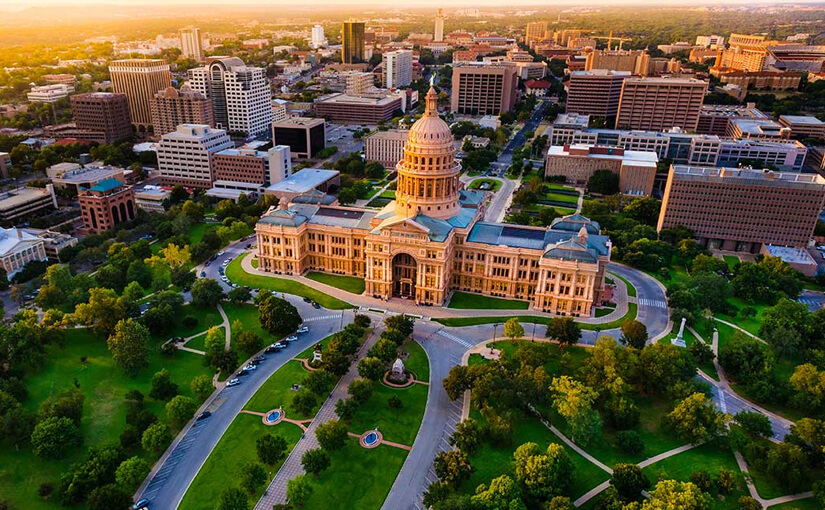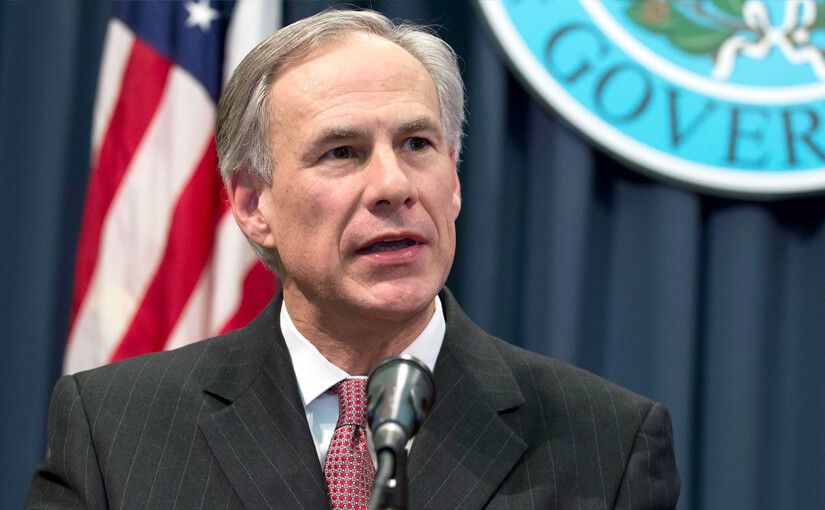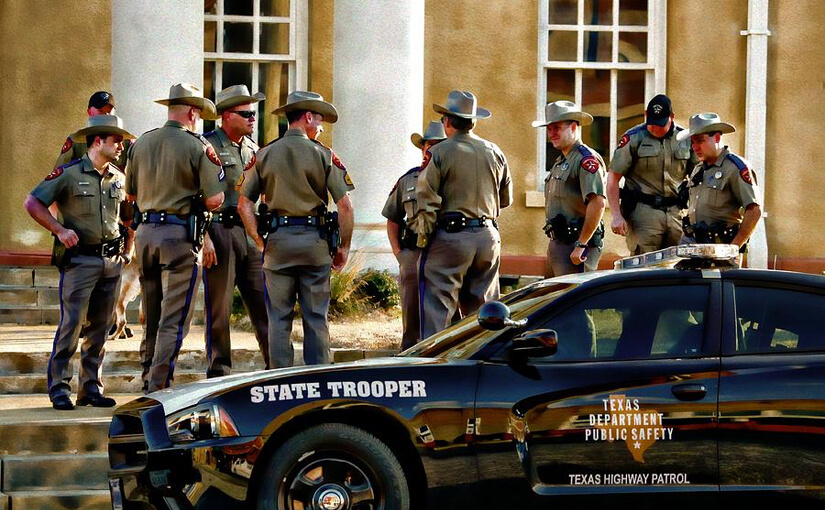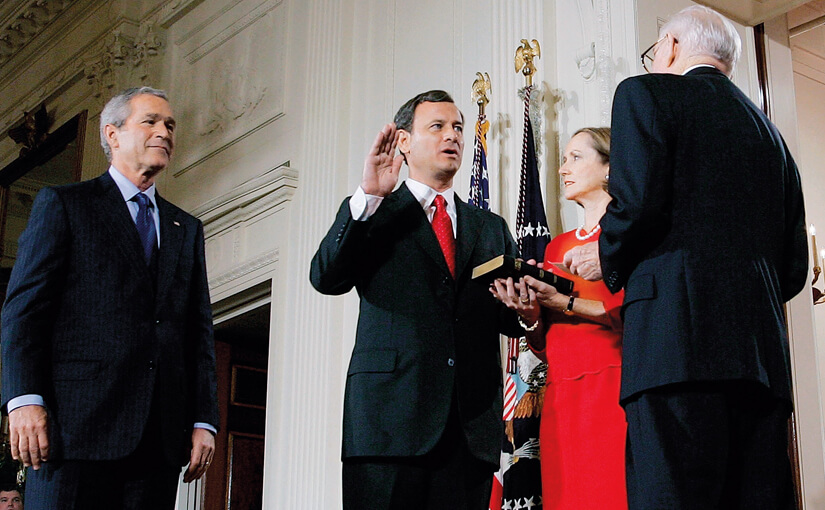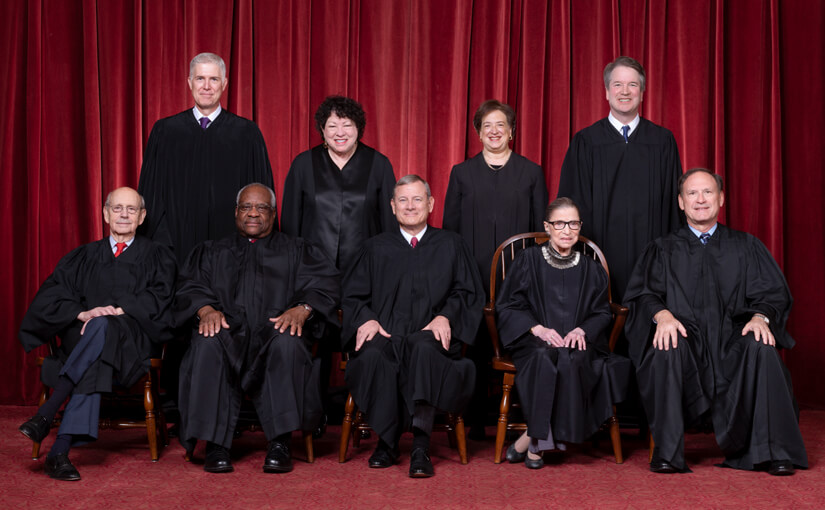- Citizens eighteen (18) and older (can vote).
- You don’t have to pay (a poll tax) to vote.
- Any citizen can vote. (Women and men can vote.)
- A male citizen of any race (can vote).
Voting is one of the most important civic responsibilities of citizens in the United States. In a democratic society, the people choose the leaders who will represent them. There are four amendments to the Constitution about voting.
The 15th Amendment permits American men of all races to vote. It was written after the Civil War and the end of slavery.
The 19th Amendment gave women the right to vote. It resulted from the women’s suffrage movement (the women’s rights movement).
After the 15th Amendment was passed, some leaders of the southern states were upset that African Americans could vote.
These leaders designed fees called poll taxes to stop them from voting. The 24th Amendment made these poll taxes illegal. The 26th Amendment lowered the voting age from 21 to 18.
** As you prepare for U.S. citizenship, Learn About the United States: Quick Civics Lessons will help you study for the civics and English portions of the naturalization interview. There are 100 civics (history and government) questions on the naturalization test. During your naturalization interview, you will be asked up to 10 questions from the list of 100 questions. You must answer correctly six (6) of the 10 questions to pass the civics test.


